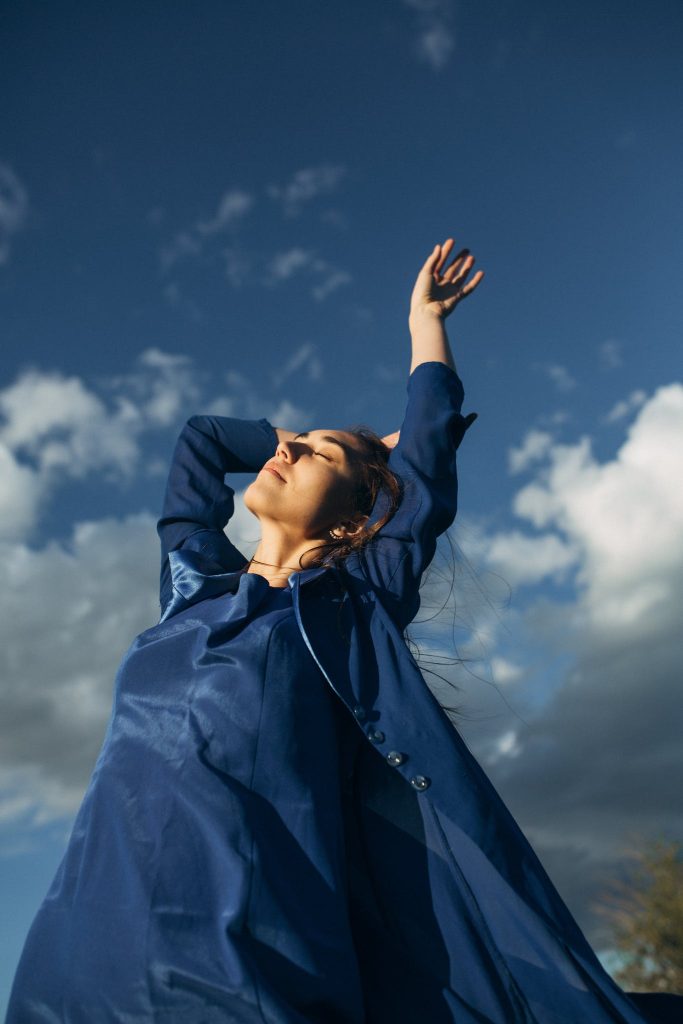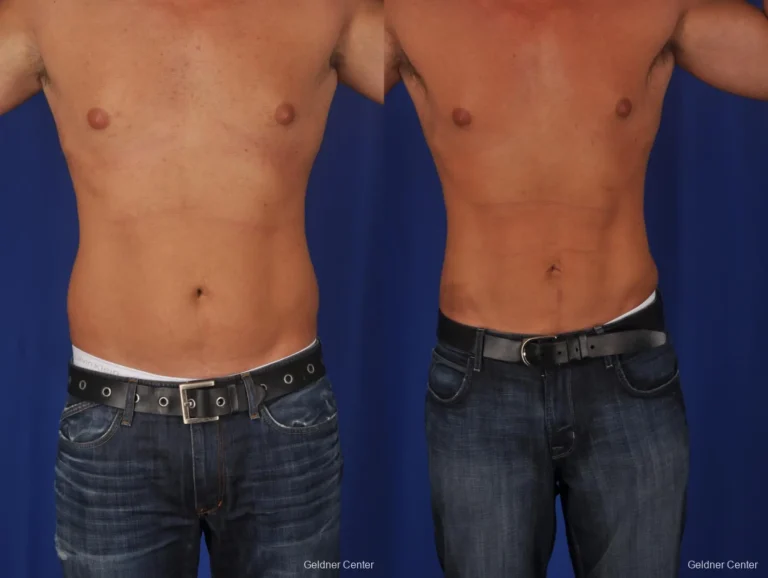Can You Still Tan on a Cloudy Day?
As summer rolls around, many of us look forward to spending time outdoors soaking up the sun’s rays. After months of dreary weather, we welcome the chance to work on our tan. But what happens when the weather doesn’t cooperate? Can you still get a tan on a cloudy day?
The short answer is yes, you absolutely can still tan when it’s cloudy outside. Clouds may block some sunlight, but they do not block all UV rays. In fact, the majority of the sun’s ultraviolet (UV) light can penetrate clouds.
UV Rays Can Pass Through Cloud Cover
Contents
- UV Rays Can Pass Through Cloud Cover
- You Can Absolutely Tan When It’s Cloudy Out
- Cloudy Days Do Not Improve or Quicken Tanning
- You Can Still Get Sunburned on Cloudy Days
- Daily Sunscreen Is Still Essential in Cloudy Weather
- You Still Need Sun Protection Even in Winter
- The Bottom Line: Cloudy Days Still Call for Sun Safety
When it comes to tanning, it’s the UV rays that matter, not visible sunlight. There are three types of UV rays:
- UVA rays – These rays age skin cells and cause wrinkles. They are linked to skin cancer risks.
- UVB rays – These rays damage the DNA in skin cells and cause sunburns. They are the primary cause of skin cancer.
- UVC rays – Extremely hazardous but mostly absorbed by the ozone layer.
Both UVA and UVB rays play a role in tanning. When our skin is exposed to UVB rays, it increases melanin production which causes the skin to tan. UVA rays are also important as they help darken existing melanin.
According to the Skin Cancer Foundation, roughly 80-90% of UVB rays and 95% of UVA rays can penetrate through cloud cover. So even when the sky is overcast, a significant portion of harmful UV radiation reaches your skin.
Your exposure depends somewhat on the cloud cover thickness. Wispy cirrus clouds allow more UV light through than dense storm clouds. But even on an overcast day, you’ll absorb a high percentage of UV rays. Bottom line: clouds do not block all solar UV radiation from reaching your skin.
You Can Absolutely Tan When It’s Cloudy Out
Since UV exposure is what causes tanning – not visible light – you can definitely still tan your skin on cloudy, hazy or foggy days. The same tanning process occurs whether it’s sunny or cloudy.
Cloud cover does not reduce the intensity of UV rays – it simply blocks some of the visible violet and blue light. The remaining UV rays that get through clouds are just as strong as on clear days. They still stimulate melanin production and cause burns.
Some people mistakenly believe cloudy days are safer for tanning without sun protection. But even if you don’t see bright sunlight, UV rays silently reach your skin to tan and damage it. A day that seems overcast to you may still have a UV index of 6 or higher.
Bottom line: clouds do not lessen the tanning effects of the sun. Your skin responds exactly the same way to UV light on cloudy days versus sunny days. Take the same sun safety precautions either way.

Cloudy Days Do Not Improve or Quicken Tanning
While you can absolutely tan through clouds, overcast days do not necessarily help produce a better or faster tan. Here are some key points:
- Clouds do not intensify UV exposure – They simply block some visible sunlight while letting UV through. You receive less total solar radiation on cloudy days.
- Cloud cover can slow the tanning process – More UV light reaches your skin on clear days, leading to faster tanning. Overcast conditions mean less UV exposure.
- There are no extra tanning or health benefits – The benefit of clouds is simply less intensity of visible sunlight/heat. They do not enhance or amplify the tanning effects of UV rays.
- Tanning precautions remain the same – Cloudy days do not allow you to tan faster or more deeply. You must take the same precautions as sunny days.
While clouds give some relief from the blazing sun, they do not change the tanning equation. Relying solely on cloud cover is not a safe tanning strategy. Don’t assume it’s okay to tan without protection on overcast days.
You Can Still Get Sunburned on Cloudy Days
Since UV rays readily penetrate clouds, it’s entirely possible to get sunburned on an overcast day, even without seeing direct sunlight. Cloud cover provides a false sense of safety, causing people to overexpose themselves to UV rays.
According to the Environmental Protection Agency (EPA), cloudy days can present an even higher risk of sunburn. Here’s why:
- People stay outside longer – With less visible sunlight, we feel less heat and are less cautious.
- Clothing layers are minimal – On nice, cool overcast days, we wear less protective clothing.
- Skin is unprotected – Without feeling the sun beating down, we are less likely to apply sunscreen.
- UV exposure goes unnoticed – You can’t rely on feeling hot rays to alert you to overexposure.
- The sun suddenly appears – A break in the clouds can lead to quick burning.
These factors lead many people to unintentionally burn their skin on cloudy days. The Skin Cancer Foundation warns that the risk of burning may be up to 25% higher on overcast days compared to sunny days.
Daily Sunscreen Is Still Essential in Cloudy Weather
Since UV rays readily penetrate clouds, using broad-spectrum sunscreen on a daily basis is highly recommended, even for cloudy or winter days. Here are tips for effective sun protection:
- Apply water-resistant sunscreen 30 minutes before going outside, even if it looks overcast.
- Reapply sunscreen every 2 hours if staying outdoors for an extended time.
- Wear protective clothing like hats, sunglasses and tightly-woven fabrics.
- Seek shade under trees, umbrellas or canopies whenever possible.
- Avoid prolonged sun exposure during midday hours when UV rays are most intense.
- Check the UV index to monitor daily radiation levels.
- Examine your skin regularly for signs of sun damage or unusual moles.
Do not rely on cloud cover as protection against UV rays. The FDA recommends using broad spectrum SPF 15 (or higher) sunscreen on a daily basis, rain or shine. Practicing safe sun habits year-round helps prevent sunburns, premature aging and skin cancer.
You Still Need Sun Protection Even in Winter
As temperatures drop in fall and winter, many of us put away the sunscreen until spring. But protecting your skin should be a year-round priority, even when the weather is cloudy, drizzly or snowy.
UV radiation does not depend on the weather or temperature. In winter, up to 80% of UV rays can penetrate light cloud cover according to the EPA. Here’s why sun protection remains essential:
- UV rays are more direct – The sun sits at a lower angle in winter, increasing exposure to UV radiation.
- Reflection intensifies rays – UV rays bounce off snow, ice and water to reach skin twice.
- Higher altitude, higher exposure – UV rays increase around 5% for every 1,000 feet in elevation.
- Outdoor winter activities – Skiing, snowboarding and winter sports require extra diligence.
- Winter sunburns happen – Snow and cold weather lure us into a false sense of security.
Apply sunscreen to all exposed areas before outdoor winter activities, especially on highly reflective surfaces. Wear wrap-around sunglasses, winter hats, balaclavas and gloves to protect the eyes, ears, face and hands. Consistency is key – make sun protection part of your daily routine all year round.
The Bottom Line: Cloudy Days Still Call for Sun Safety
While clouds may temporarily block some sunlight, they do not block or lessen the intensity of UV rays. A staggering amount of UVA and UVB radiation penetrates typical cloud cover to reach your vulnerable skin.
Therefore, the same sun safety precautions are necessary on cloudy days as sunny ones. Apply broad spectrum SPF 30+ sunscreen, wear protective clothing and limit sun exposure during peak hours. Don’t let cooler temperatures or lack of glaring sun lead to lapses in judgment.
Clouds provide no guarantees against sunburns or skin damage. Make smart UV protection practices a daily habit. Be diligent about safe sun habits every day of the year, no matter what the weather brings. Consistent vigilance will help keep your skin healthy and youthful for years to come!

Founded by Sophia Rodriguez, IGXO Cosmetics is a PETA-certified, cruelty-free, and vegan makeup brand.





